In today’s security-conscious world, setting up an effective surveillance system requires more than just installing cameras. Let’s dive into how cctv design tools simplifying your surveillance setup tools simplifying your surveillance setup tools are revolutionizing the way we approach surveillance setup and security planning.
Understanding CCTV Design Tools
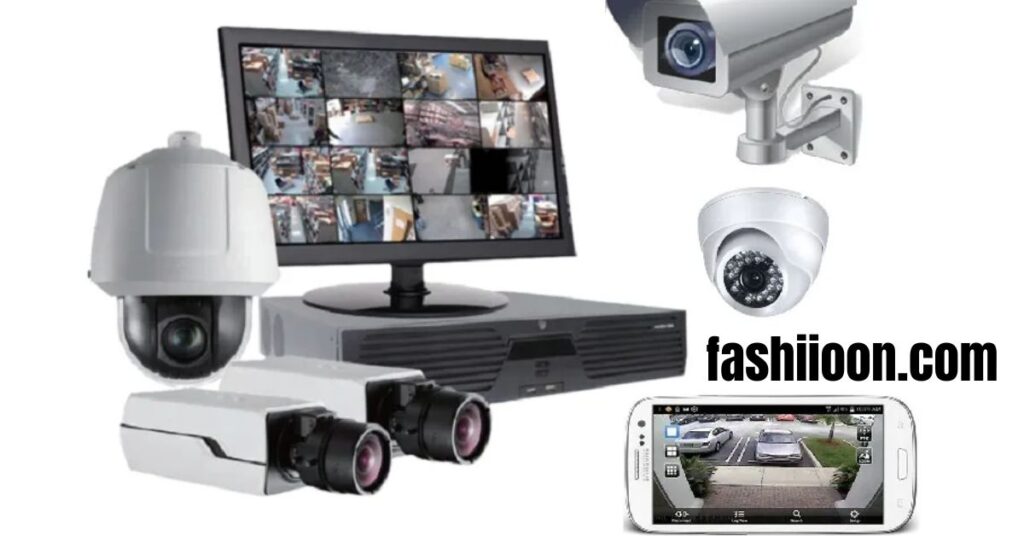
CCTV design tools have transformed from simple camera placement software to comprehensive planning solutions. These tools help security professionals and property owners create efficient surveillance systems that maximize coverage while minimizing costs.
Key Benefits of Modern Design Tools:
- Real-time visualization of camera coverage
- Automatic blind spot detection
- Cost estimation features
- Equipment compatibility checking
- 3D modeling capabilities
Essential Features for Effective CCTV Design
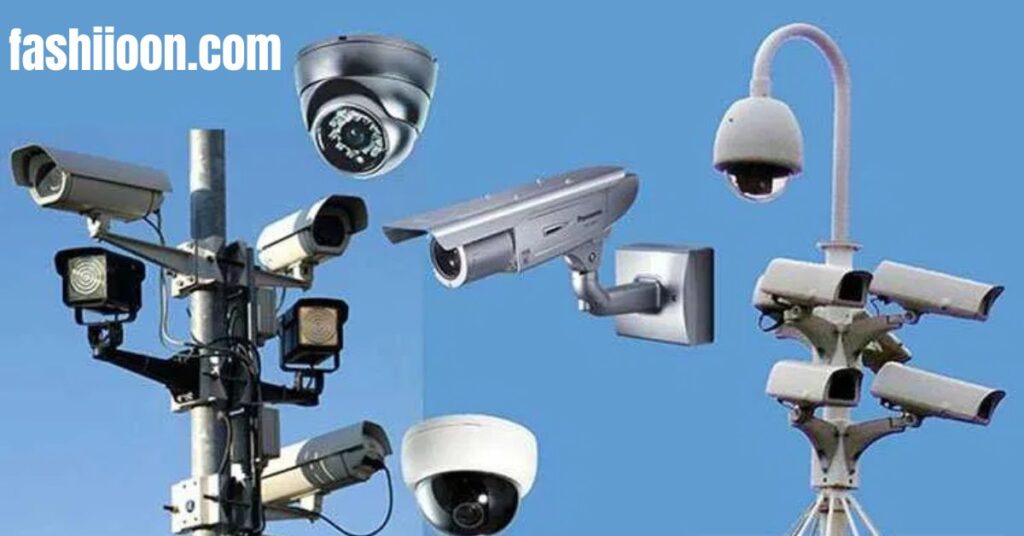
When selecting CCTV design tools for simplifying your surveillance setup, look for these crucial features:
Advanced Mapping Capabilities
- Floor plan integration
- Multi-level building support
- Outdoor perimeter planning
- Camera field-of-view visualization
Analytics Integration
- Motion detection zones
- Object tracking simulation
- Facial recognition planning
- License plate recognition placement
Camera Selection and Placement Tools
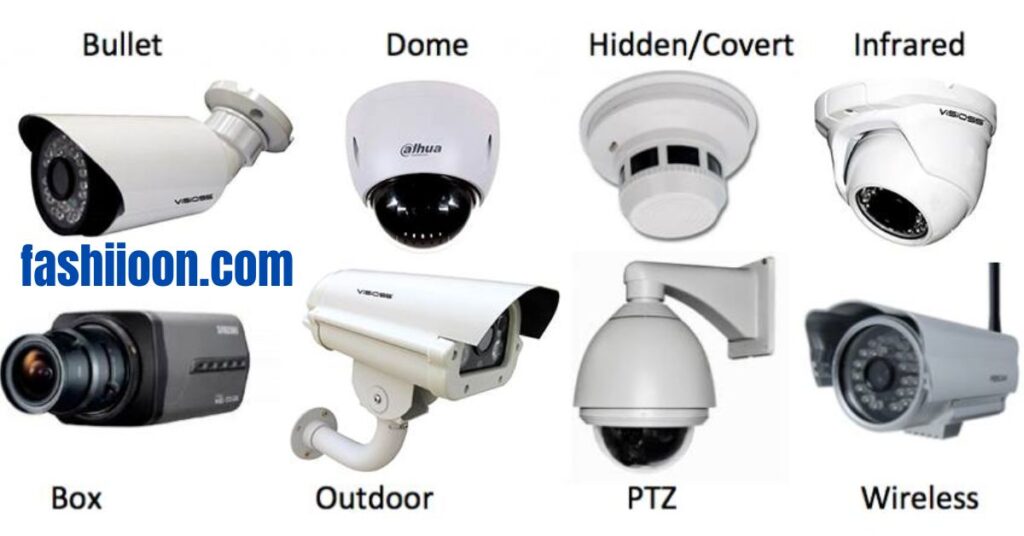
Modern CCTV design tools excel at helping you choose and position cameras effectively. They factor in various environmental conditions and security requirements to optimize your surveillance setup.
Camera Specifications Table
| Feature | Basic Cameras | Professional Grade | Enterprise Level |
|---|---|---|---|
| Resolution | 2MP-4MP | 4MP-8MP | 8MP-12MP+ |
| Field of View | 90° | 120° | 180° |
| Night Vision | 30ft | 100ft | 200ft+ |
| Weather Rating | IP65 | IP66 | IP67 |
| Storage | Local SD | NVR Compatible | Cloud + NVR |
Best Practices for Camera Placement:
- Position cameras at entry/exit points
- Cover high-traffic areas
- Ensure overlapping coverage
- Consider lighting conditions
- Account for seasonal changes
Integration with Building Management Systems
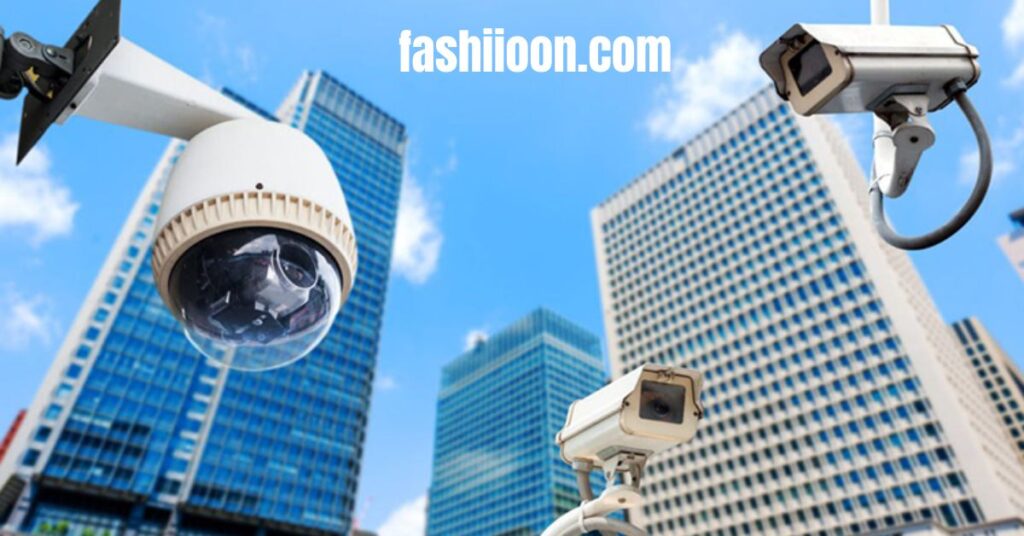
Today’s CCTV design tools emphasize seamless integration with existing building infrastructure. This integration helps create a more comprehensive security solution.
What to Look for in a Web Design Agency: A Comprehensive Guide
Integration Capabilities:
- Access Control Systems
- Fire Alarm Systems
- Building Automation
- Visitor Management
- Employee Time-tracking
“The best CCTV design tools don’t just plan camera placement – they create complete security ecosystems.” – John Martinez, Security Systems Specialist
Case Study: Corporate Office Implementation
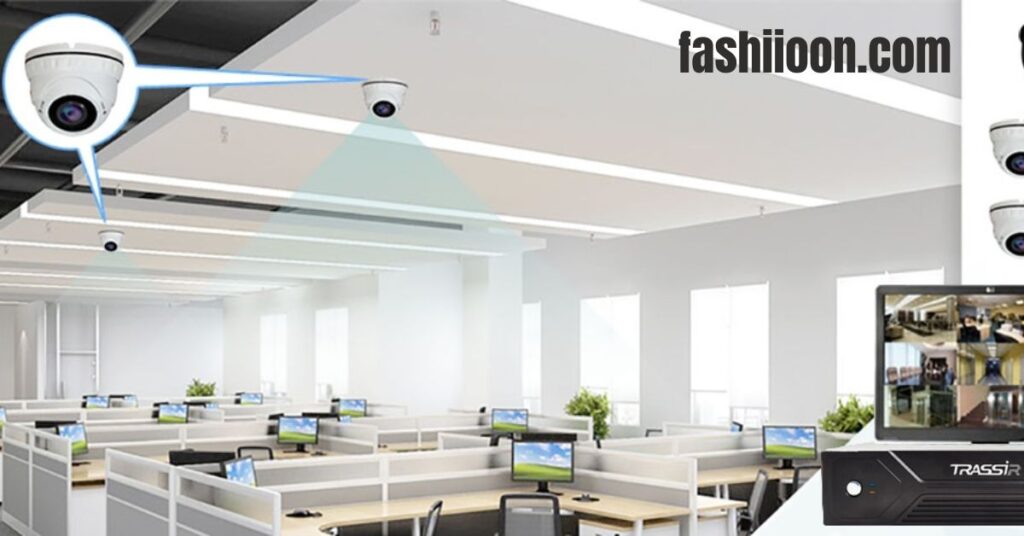
Company: TechCorp Industries
Challenge: Secure a 15-story office building
Solution: Using CCTV design tools for comprehensive coverage
Results:
- 40% reduction in blind spots
- 25% cost savings through optimal camera placement
- 60% faster installation time
- 30% decrease in security incidents
Practical Implementation Guide
When implementing CCTV design tools for simplifying your surveillance setup, follow these proven steps for optimal results.
Planning Phase
- Site Assessment
- Building layout analysis
- Risk evaluation
- Traffic flow patterns
- Lighting conditions
- Requirements Gathering
- Security objectives
- Budget constraints
- Regulatory compliance
- Storage requirements
Design Phase Using CCTV Design Tools
Step-by-Step Process:
- Import floor plans
- Define coverage zones
- Select camera types
- Position cameras virtually
- Run coverage analysis
- Adjust for optimal results
“Proper planning with CCTV design tools can reduce installation costs by up to 35%” – Security Industry Association
Advanced Features and Considerations
Analytics Integration Table
| Feature | Purpose | Impact |
|---|---|---|
| Heat Mapping | Track movement patterns | Optimize camera placement |
| Object Detection | Identify specific items | Enhanced security |
| Facial Recognition | Access control | Improved identification |
| License Plate Reading | Vehicle monitoring | Better parking security |
Storage Calculation Tools
Modern CCTV design tools include storage calculators considering:
- Frame rates
- Resolution
- Compression
- Retention period
- Motion detection
Storage Requirements Formula: Copy
Daily Storage = (Bitrate × 3600 × 24 × Camera Count) / 8
Real-World Applications
Retail Sector Case Study
Client: MultiMart Stores
Challenge: High shrinkage rates
Solution: CCTV design tools implementation
Results:
- 45% reduction in theft
- 30% improvement in staff productivity
- 50% better customer service monitoring
Technical Specifications and Requirements
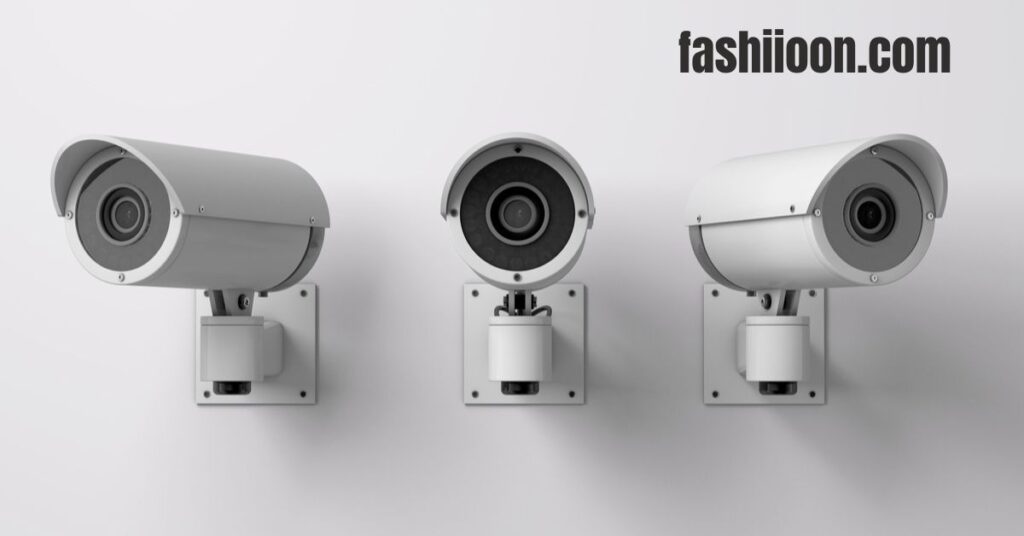
When implementing CCTV design tools for simplifying your surveillance setup, understanding technical requirements is crucial for success.
The Strategic Merger: How Punchbowl Acquired Socializr and Transformed Digital Event Planning
Hardware Requirements Table
| Component | Minimum Specs | Recommended Specs |
|---|---|---|
| Processor | Intel i5/AMD Ryzen 5 | Intel i7/AMD Ryzen 7 |
| RAM | 8GB | 16GB or higher |
| Graphics | 2GB dedicated | 4GB dedicated |
| Storage | 256GB SSD | 512GB SSD |
| Display | 1080p | 4K Resolution |
Network Considerations
Bandwidth Requirements by Camera Type:
- 2MP: 2-4 Mbps
- 4MP: 4-8 Mbps
- 8MP: 8-16 Mbps
- 12MP: 12-20 Mbps
Troubleshooting Guide
Common issues and solutions when using CCTV design tools:
Software Issues
- Slow Performance
- Clear cache
- Update graphics drivers
- Close unnecessary applications
- Import Errors
- Check file formats
- Verify file permissions
- Update software version
Design Challenges
- Coverage Gaps
- Use overlap tool
- Adjust camera positions
- Consider additional cameras
“The key to successful CCTV design is anticipating and addressing potential issues during the planning phase.” – Sarah Chen, Security Systems Engineer
Cost Analysis
Investment Breakdown
| Component | Basic Setup | Advanced Setup | Enterprise Setup |
|---|---|---|---|
| Design Software | $500-1,000 | $1,000-3,000 | $3,000-10,000 |
| Training | $200-500 | $500-1,500 | $1,500-5,000 |
| Annual Support | $100-300 | $300-900 | $900-3,000 |
| Updates | Included | Premium Features | Custom Solutions |
Maintenance Guidelines and Best Practices
Regular Maintenance Schedule
| Timeframe | Action Items | Priority Level |
|---|---|---|
| Daily | System health check | High |
| Weekly | Coverage verification | Medium |
| Monthly | Software updates | High |
| Quarterly | Design review | Medium |
| Annually | Complete system audit | Critical |
Software Update Protocol
- Backup Current Design
- Save all project files
- Export configuration settings
- Document custom parameters
- Update Process
- Download latest version
- Install updates during off-hours
- Verify system functionality
- Test new features
Future Trends in CCTV Design Tools
Emerging Technologies
- AI-Powered Design
- Automatic camera placement
- Predictive analytics
- Smart zone configuration
- Cloud Integration
- Real-time collaboration
- Automatic backups
- Remote access capabilities
“The future of CCTV design tools lies in artificial intelligence and cloud computing integration.” – Dr. Michael Wong, Security Technology Researcher
Case Study: Smart City Implementation
Location: Metropolitan Area
Scope: Citywide surveillance
Tools Used: Advanced CCTV design tools
Results:
- 65% improvement in incident response
- 50% reduction in planning time
- 70% better resource allocation
Comprehensive FAQs
Q: How do CCTV design tools simplify surveillance setup?
A: These tools automate camera placement, coverage analysis, and system requirements calculations, reducing planning time by up to 60%.
Q: What’s the learning curve for CCTV design tools?
A: Basic proficiency typically takes 1-2 weeks, while advanced expertise requires 1-3 months of regular use.
Q: Can these tools integrate with existing systems?
A: Yes, modern CCTV design tools offer compatibility with most major surveillance systems and building management platforms.
Expert Recommendations and Industry Standards
Professional Guidelines for CCTV Design Tools
Industry Standards Compliance:
- ONVIF Specifications
- ISO/IEC 62676 Standards
- NDAA Compliance
- GDPR Requirements
Resolution Planning Table
| Area Type | Minimum Resolution | Recommended Resolution |
|---|---|---|
| Entry Points | 4MP | 8MP |
| Perimeter | 2MP | 4MP |
| Indoor Areas | 2MP | 4MP |
| Critical Zones | 8MP | 12MP |
| Parking | 4MP | 8MP |
Success Metrics and ROI Analysis
Measuring Success
- Coverage Efficiency
- Blind spot reduction
- Motion detection accuracy
- Storage optimization
- Operational Benefits
- Installation time savings
- Maintenance cost reduction
- System uptime improvement
ROI Calculator Formula
Copy
ROI = [(Cost Savings + Security Benefits) - Implementation Costs] / Implementation Costs × 100
Implementation Checklist
- Site survey completed
- Security requirements documented
- Design tool selected
- Floor plans imported
- Camera placement optimized
- Coverage analysis performed
- Storage calculations done
- Network requirements verified
- Budget approval obtained
- Installation schedule created
Conclusion
CCTV design tools have revolutionized the way surveillance systems are planned and implemented. By simplifying your surveillance setup through advanced features and intuitive interfaces, these tools enable more efficient, cost-effective, and reliable security solutions.
Key Takeaways:
- Automated design processes save time and resources
- Integrated analytics improve system effectiveness
- Regular updates ensure optimal performance
- Professional support enhances outcomes
- ROI justifies investment in quality tools
“The right CCTV design tools don’t just simplify setup – they transform the entire security planning process.” – Lisa Thompson, Security Solutions Architect
Additional Resources
Training and Certification
- Online courses
- Vendor certification programs
- Industry workshops
- Technical documentation
- User communities
Support Channels
- 24/7 technical support
- Online knowledge base
- User forums
- Video tutorials
- Professional consulting services
This comprehensive guide to CCTV design tools demonstrates how modern technology simplifies surveillance setup while ensuring optimal security coverage. Remember that successful implementation requires careful planning, regular maintenance, and ongoing evaluation of system performance.

Fashion is a Professional Fashion Platform. Here we will provide you only interesting content, which you will like very much. We’re dedicated to providing you the best of Fashion, with a focus on dependability and Fashion. We’re working to turn our passion for Fashion into a booming online website. We hope you enjoy our Fashion as much as we enjoy offering them to you.